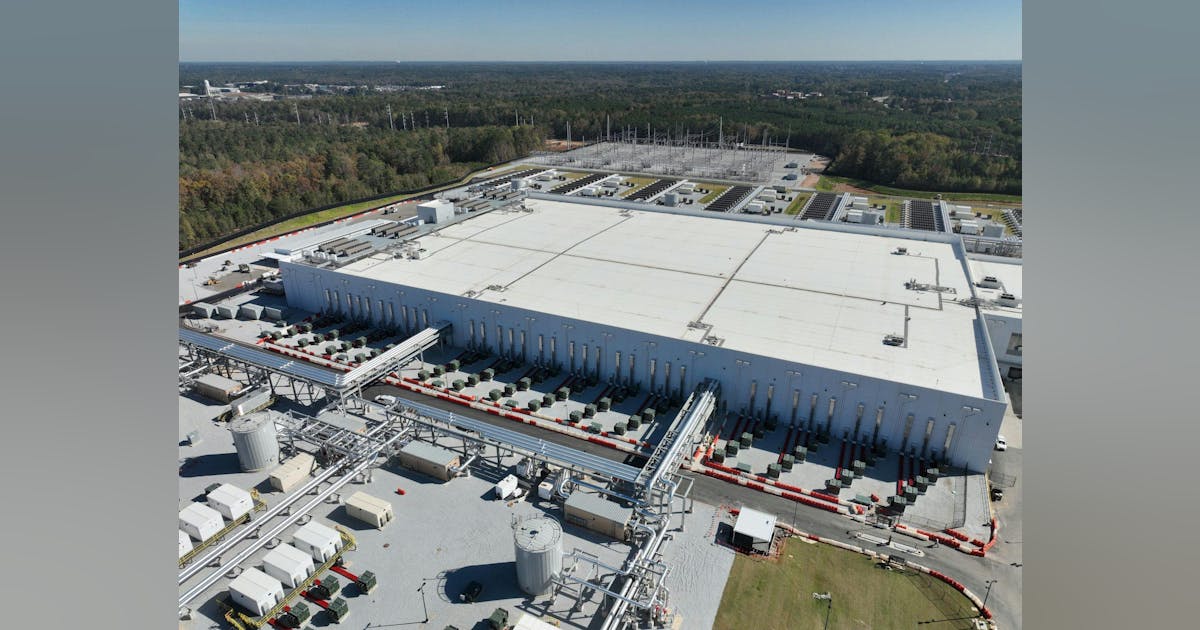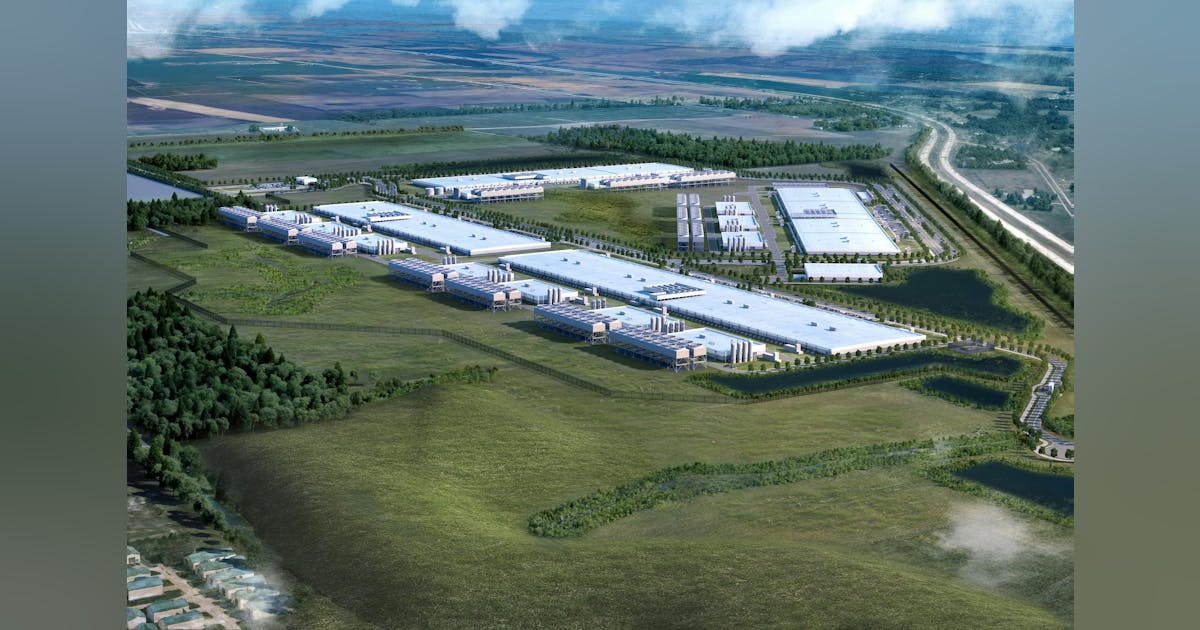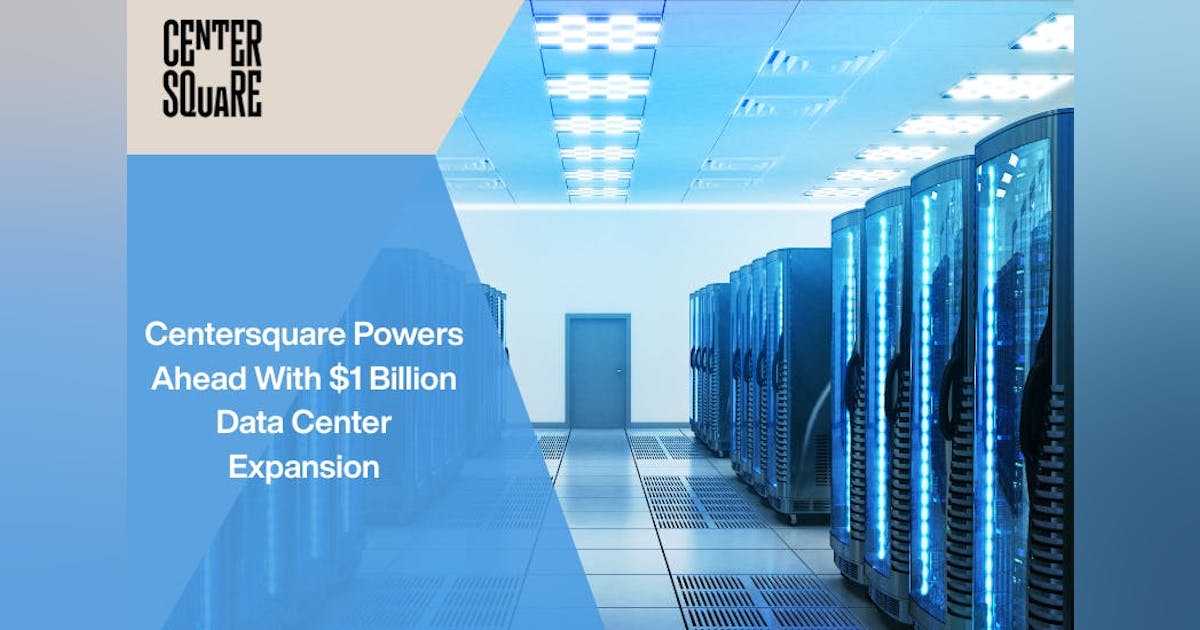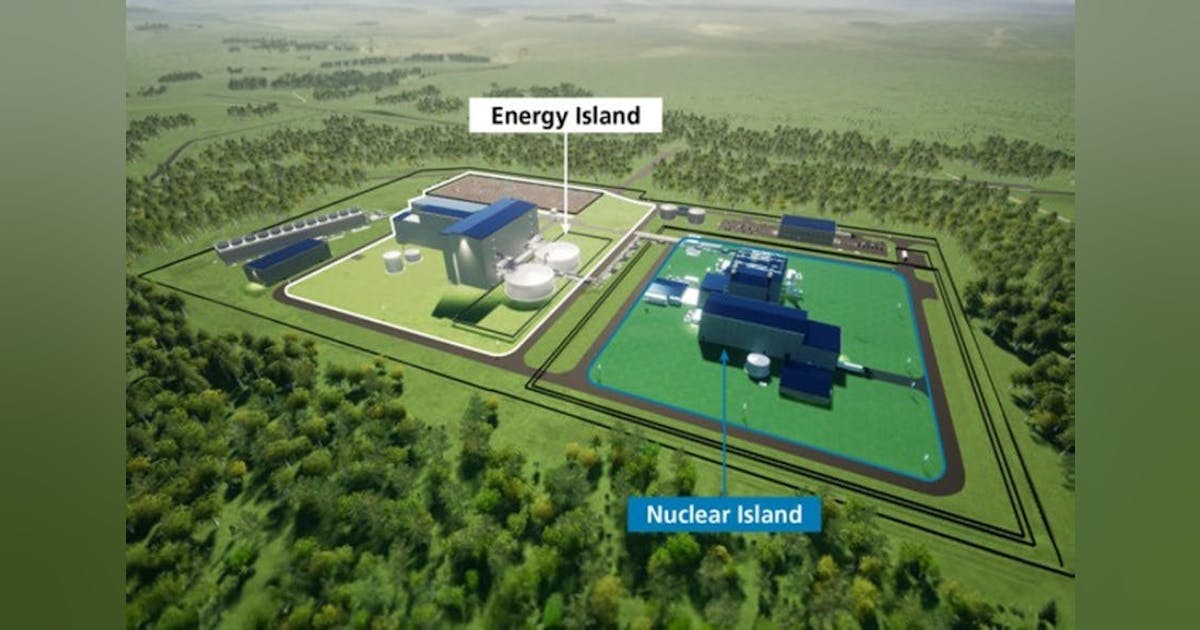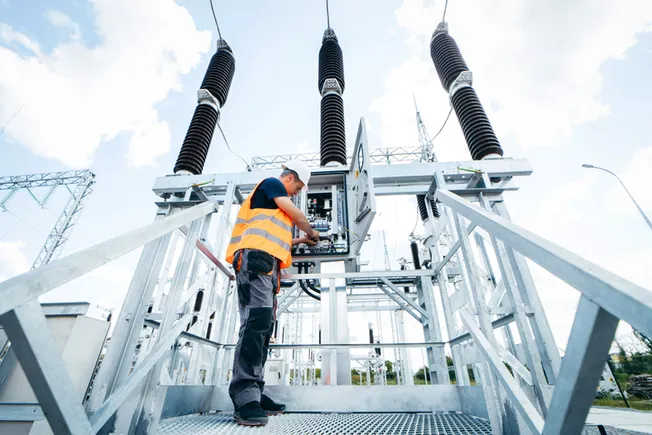
Artificial intelligence is reshaping the power landscape. Experts predict that AI-focused data centers in the U.S. could increase their power demand by a factor of 30 by 2035 — from roughly 4 GW in 2024 to about 123 GW — and that’s a conservative estimate. This spectacular growth will make AI one of the most dominant loads on the American grid, rivaling the demand from entire industrial sectors.
For utilities, the surge in demand represents both a challenge and an opportunity. While the electric grid remains the primary power source for data centers, there’s a growing mismatch between data center construction schedules, utility infrastructure timelines and transmission and distribution bottlenecks. Developers need megawatts within months; utility capacity delivery can take years. This gap has become increasingly difficult to reconcile, leading data centers to consider onsite generation as a way to bypass delays and get power at AI speed.
Yet, onsite power doesn’t have to be a competitive threat. When utilities take the lead by owning and integrating onsite systems, they can provide fast, reliable capacity that helps customers avoid grid bottlenecks today. In the meantime, utilities can continue to plan and build out future connections. This approach allows utilities to unlock new revenue opportunities, enhance grid resilience, and deliver better service for all ratepayers, all without jeopardizing future growth.
Deploying onsite power strategically
Utility-owned onsite generation means putting generation capacity at or near the point of use, such as a data center or other large load. These systems can be sized to fully power a facility if needed, operating independently of the grid in island mode. They can also operate alongside the grid to meet demand when the grid can supply only part of the load. In both cases, the system provides continuous, reliable power immediately and for as long as needed while infrastructure upgrades are underway, and even afterwards. Utilities maintain complete operational visibility, ensuring reliability for the customer and flexibility for the grid.
“By serving load directly at the point of use, fuel cells reduce strain on the grid and help utilities manage peak demand,” said Kevin Passalacqua, Vice President of Corporate Development at Bloom Energy. “The ability to offer tailored, resilient power solutions will be a strategic differentiator for utilities seeking to attract and retain high-demand customers,” he added.
In New Britain, Connecticut, a 20 MW onsite fuel cell installation provides a real-world example of this approach. The facility operates as a merchant power plant for electric distribution utilities Eversource and United Illuminating. It provides clean, reliable electricity to the local grid and supports a range of loads, including municipal infrastructure, local businesses and future data center developments. It also captures and reuses heat for nearby facilities, advancing both economic development and sustainability goals.
Unlocking revenue, flexibility and reliability
Utility-owned onsite generation creates significant strategic value for utilities and their biggest customers. Utilities can generate new revenue streams through direct customer agreements while protecting the broader rate base and reducing community friction.
For example, American Electric Power plans to deploy up to 1 GW of Bloom Energy solid oxide fuel cells at data center campuses including AWS and Cologix in Ohio. The project will be “funded through special contracts with the data center operators, ensuring no cost is passed to other ratepayers,” Passalacqua said. He added that this innovative model “allows data centers to expand quickly, supports economic development and maintains grid reliability.”
Once infrastructure upgrades are complete, bringing the grid to the data center, the utility can integrate these onsite fuel cell systems with the grid, providing supplemental capacity and enhancing overall grid resilience.
Why fuel cells are the onsite solution of choice
Fuel cells generate electricity from natural gas using an electrochemical process, without combustion, giving them efficiency and environmental advantages over traditional generators that burn fuel. They can achieve 15% to 20% higher efficiency than most open-cycle gas turbines or reciprocating engines while producing negligible amounts of SOx, NOx and harmful particulate matter.
Fuel cells are highly scalable and modular. Bloom’s skid-mounted architecture allows rapid deployment at capacities from hundreds of kilowatts up to hundreds of megawatts without introducing scaling risk. To date, Bloom Energy has deployed 1.5 GW of fuel cells across 1,200 sites worldwide.
Speed and reliability make fuel cells well-suited to meet urgent customer needs. Bloom Energy can deliver 50 MW of fuel cells in as little as 90 days and 100 MW in 120 days, provided gas supply and permits are in place. Customers can deploy the company’s SOFC Energy Server® systems behind or in front of the meter in various configurations and contract models. And their modular design means utilities can redeploy them to new sites as demand shifts, allowing the utilities to optimize power generation across their service territory.
Taking the lead with utility-owned onsite power
Utility-owned onsite generation, particularly modular fuel cells, gives utilities a powerful, strategic tool to meet the rapid growth of high-demand facilities such as AI data centers. By deploying and managing these systems, utilities can provide immediate, reliable power, capture new revenue opportunities and maintain operational flexibility.
Planned deployments with AEP and Bloom Energy illustrate how these systems can support rapid customer growth while transmission and infrastructure upgrades are underway. Once integrated with the grid, these systems can provide supplemental capacity, helping utilities optimize operations and enhance overall grid resilience.
For utilities seeking to stay ahead in a rapidly evolving energy landscape, investing in utility-owned onsite generation is not just a technical solution — it is a strategic lever to strengthen customer relationships, safeguard the rate base, and transform high-demand loads into long-term assets.
Contact Bloom Energy to learn how fuel cells can help your utility meet immediate demand while planning for the future.










